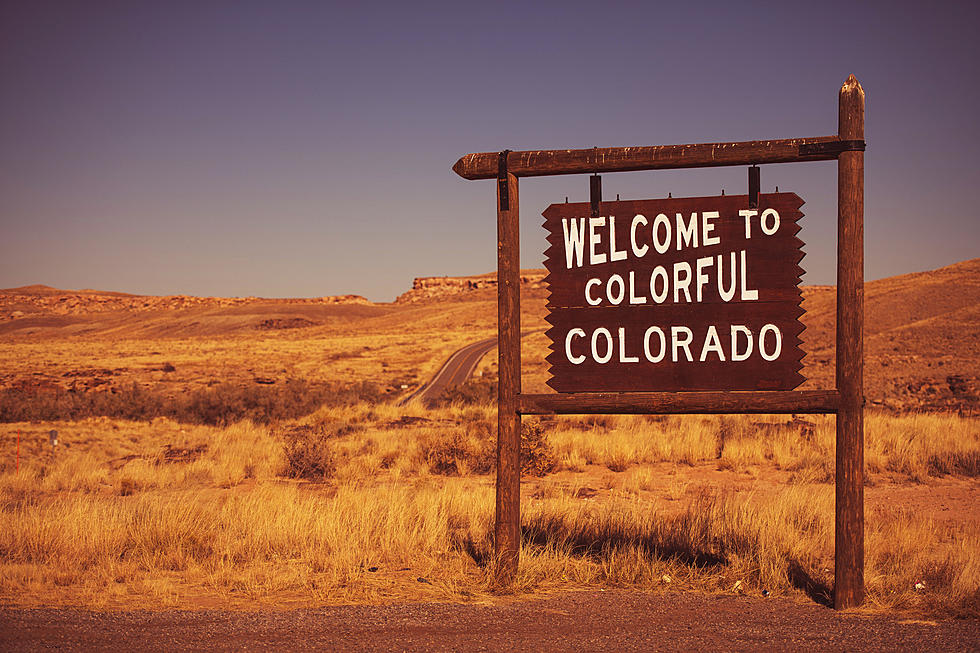
If You Find an Arrowhead in Colorado, Can You Keep It?
It's really pretty fascinating to think of all the native American Indian tribes that have called Colorado home at one time or another. They came long before we did but they helped shape the land and our state into what we see today.
While out exploring the great outdoors in Colorado, what if you should come across some artifacts that once belonged to these ancient ancestors? If you find an arrowhead in Colorado, are you allowed to keep it?

Native American Tribes of Colorado
Several American Indian tribes have called Colorado home over the years.
The Ancestral Puebloan lived mainly in Southwestern Colorado almost 2000 years ago. In Northwestern Colorado the Freemont People lived around Grand Junction and all the way up to Dinosaur National Monument. Around 700 years ago the Ute People moved into southern and western Colorado, before ranging as far out as Wyoming and Oklahoma. Additional tribes that spent time in Colorado include the Cheyenne, Arapaho, Apache, Shoshone, Comanche, Kiowa, and Navajo.
If You Find an Arrowhead in Colorado Can You Keep It?
No, you can not. If an artifact is found on public lands you are permitted to look at it, but you are not allowed to remove the artifact from where you find it, and you can not take it with you. State and Federal laws protect all artifacts on public land. It is illegal and unethical to remove them from where you found them.
What exactly is an artifact? It is anything made by humans including things like arrowheads, pottery, baskets, rock art, coins, metal, and even old cans.
What Should I do If I Find an Arrowhead on Public Lands?
There is a short checklist of things to do if you come across an authentic artifact while exploring Colorado. The first thing to do is remember not to pick up the artifact or remove it from the place you found it. Second, document the location of the artifact. Drop a pin on a map on your phone or even sketch a map to the location of the artifact. Last, go report the find and the location to a Park Ranger. It is illegal to remove an artifact from public land, state and national parks, and national forests.
KEEP GOING: See the States Where People Live the Longest
MORE: Explore for Petroglyphs at These Places in Colorado
More From Retro 102.5






